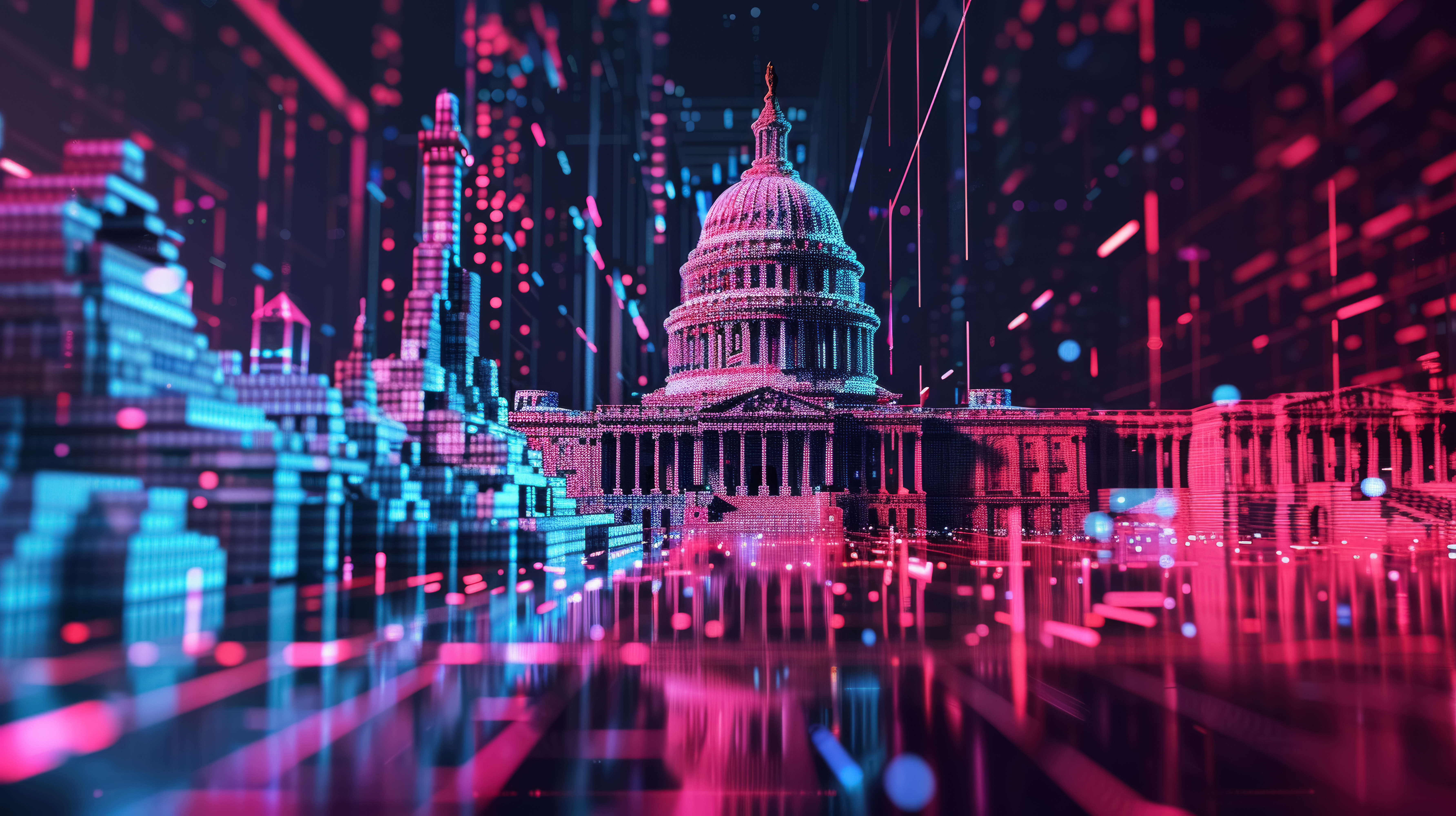IT modernization offers government agencies a strategic advantage by upgrading outdated systems to address current operational challenges. Agencies that embrace modernization gain the flexibility to scale, adapt, and innovate, enabling them to provide better services while reducing operational risks.
In a recent study conducted by EY, 168 decision-makers from state and local government agencies shared their experiences and priorities around IT modernization. These individuals are responsible for guiding their organizations through challenges such as cybersecurity threats, aging systems, and the need to adopt new technologies like AI and cloud computing. Their responses offer a candid look at what’s really happening on the ground—what’s working, what isn’t, and what’s driving significant changes.
Although both state and local governments agree on the need for modernization, they are approaching the challenge from different angles. State agencies are focused on upgrading their technology—64% see modern infrastructure as the key to better data utilization. In contrast, local governments are more concerned with something even more fundamental: their people.
Interestingly, most state and local government agencies (61%) report centralized management, meaning they have strong control over their data. However, there’s a noticeable split between IT and business leaders. IT executives view modernization through the lens of efficiency and security, while business leaders focus more on real-world outcomes and usability. This difference in perspective often leads to misalignment on where and how modernization should occur.
The road to effective data governance is paved with obstacles, the biggest being—unsurprisingly—a lack of resources. Nearly 70% of state agencies cited this as their top challenge, closely followed by the absence of robust IT support to maintain data quality. At the county and municipal levels, limited resources remain the primary issue, with an added layer: a heavy reliance on third-party vendors to manage data. This outsourcing can introduce vulnerabilities, especially for smaller agencies that lack the internal infrastructure to closely oversee external partners. Without proper resources and in-house expertise, good data governance remains more of an aspiration than a reality.
So why is there a widespread push for modernization now? State agencies, in particular, are finding that fragmented and outdated data policies are making it increasingly difficult to manage risk effectively. Meanwhile, county and municipal agencies feel the pressure to create more flexible systems that can be upgraded as needed. This push is largely driven by the frustration of employees and constituents who struggle to access the information they need when they need it. In short, modernization is becoming less of a choice and more of a necessity to stay relevant and responsive.
A modern, agile data infrastructure can revolutionize how agencies operate, but only if paired with a workforce that has the skills to leverage it. This is where the real potential lies. Agencies that invest in their people will be the ones that thrive in this data-driven age.
While short-term wins can come from upgrading systems, long-term success will come from creating an environment where technology and human capability work in harmony. More training, better leadership alignment, and a focus on developing both tools and talent are key to achieving this balance.
.png?width=1816&height=566&name=brandmark-design%20(83).png)



